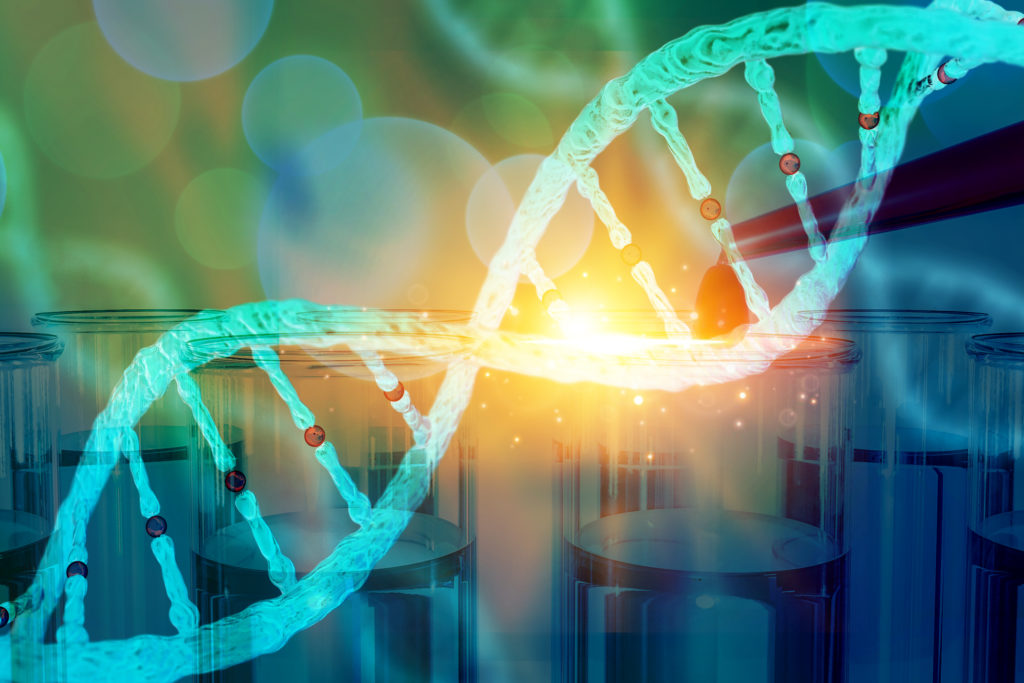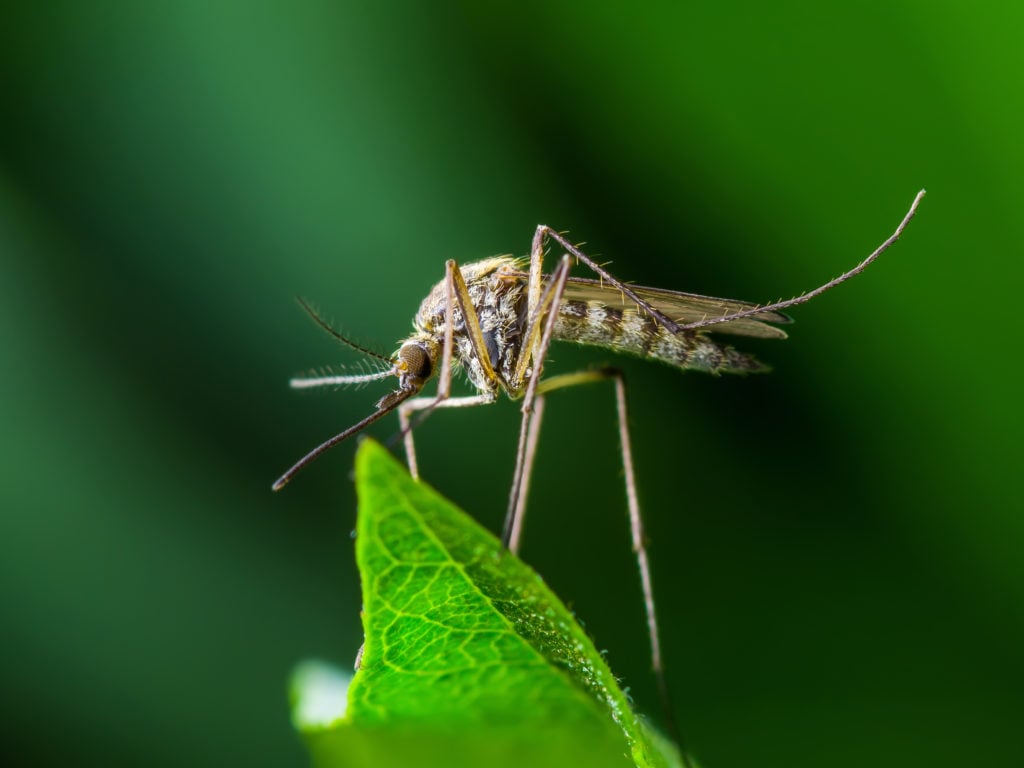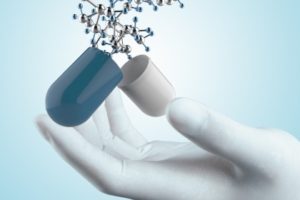Our world is in trouble. The problems are complex and solutions will involve entire systems that will interact or be impacted in ways that are difficult to anticipate. Rather than measuring the impact of a single variable on an outcome, as was done historically, science is attempting to measure complex systems and evolutionary changes in wild populations that may result from scientific interventions.
When CRISPR was developed, nature revealed one of the problem-solving tools that had evolved over time from living populations on earth. There are bound to be others. As teams of scientists continue to study and map genomes of populations across the globe, some of the most significant questions being asked are how did the evolution of the species proceed over time, and how did the species respond to climate and environmental changes. The answers to these questions will inform conservation and environmental science for the next generation.
Conservation & Environmental Science
The Coastal Redwoods & the Giant Sequoias
The Redwood Genome Project, funded by the Save the Redwoods League, announced this week that sequencing is complete on both sample trees, one a coastal redwood and one a giant sequoia. With 27 billion base pairs of DNA, and 6 sets of chromosomes, the beautiful big redwood trees have nine times the genetic complexity of the human genome.
Of particular concern to these scientists is how the trees have experienced climate change in the past, and the evolutionary adaptations they used to manage their species. If we can identify how the redwoods have responded to climate stressors in the past, we can better prepare for the coming climate changes, especially those in coastal ecosystems. The knowledge gained from the current project will also inform and guide decisions regarding reforestation projects.
The old growth forests around the world are nearly gone. Only a few remnants remain to remind us of the vast stretches of primeval forest that used to cover much of the world. They were cut down in the past, and are still being cut down in the Amazonian jungle, for agriculture and the raw materials for building.
Old growth trees sequester more carbon. If reforestation efforts could sequester enough carbon to slow the impacts of climate change, and we can protect those new-old forests from drought and other extreme weather conditions as they grow, we may see a different world, breathe cleaner air, and once again take a walk in the woods.
Cotton
Cotton is the most important textile crop in the world, and is responsible for 3% of the water used in agriculture world-wide. Cotton is notorious for the amount of water used to both process and dye the fibers. In most of the world, cotton is grown in irrigated fields. The WWF estimates over five thousand gallons of fresh water is used to grow and manufacture a kilo of cotton textiles, the amount of cotton in a couple of t-shirts and a pair of jeans.
During cotton textile processing, the fibers and the finished cloth are dyed using a number of natural or synthetic dyes. The dyeing process is problematic for the amount of water it uses and the waste it leaves in the groundwater. Many new technologies have been in development in the last decade to find ways to dye cotton without current levels of water use and waste. Even with natural dyes, mineral mordants, some heavy metals, are needed to keep the dye permanently on the fiber. Natural colored cottons, brown and green cotton, are short-fiber cottons with low output that are considered heritage or heirloom plants.
Cotton is a global commodity that accounts for a significant amount of economic output around the world, including jobs in the developing world. In addition to its importance as a textile crop, cotton seed oil is also used in a number of industries, including the development of biofuels. Cotton genomics has developed at a rate that reflects this commodity’s importance to the world economy.
At one time, cotton was a tropical plant. Scientists have discovered, through their study of the cotton genome, that it is susceptible to epigenetic modification. They believe that a mutation in gene expression caused the change that enabled the plant to grow in temperate regions. Current work in the laboratory includes selecting for longer fiber length and strength, in the hope that new stronger fibers can replace the role synthetic fibers have played in textiles. In addition, the burden of pesticide use and water use is significant with cotton, and modifications that can impact those features will be very welcomed.
Areas for further study using CRISPR: We need cotton that can grow without irrigation and pesticides; we need cotton that can provide the strong fibers needed for textile manufacturing; we need cotton that grows already colored, to reduce dyeing.

Bioplastics & biopolymers
Consumer product packaging accounts for 36% of single-use plastics. 90.5% of plastic in use today has never been recycled. The recycling industry is in turmoil and the oceans are being impacted in a dangerous way by plastics waste. We cannot at this time replace current plastics with older forms of storage, such as glass, textiles, or wood.
One of the issues regarding plastics is its use in preventing food waste during shipping and storage. It forms a critical part in the transportation of fresh foods worldwide. To find a replacement that will work in the systems currently using plastics, we need a bioplastic that will degrade, but not until we have finished using it. We must have a developed bioplastic that will keep food safe during shipping and storage.
Metabolic engineering of the cyanobacteria, using CRISPR technologies, is showing promise. The cyanobacteria can be seen as a precursor for carbon-based compounds- bioplastics.
Areas for further study: We need bioplastics that will degrade to C02 and water without any dangerous byproducts, and on schedule. In addition, we need consumer packaging, especially for fresh food, to address the loss of nutrients and food waste that occurs with shipping and storage. Bioplastics need to work better than the plastics we currently use.
Phytoremediation
We are currently using plants as a slow-growing form of heavy metal remediation in brownfields and bioswales across the world. The benefit of the approach is that contaminants can be removed from both groundwater and soil by plant roots. The downsides include the slow growth habit of plants, the seasonal nature of the work, and the small amount of remediation we can expect from each plant. Several seasons of phytoremediation may be needed to properly clean a brownfield before we can build a playground on top. The plants also are, after being harvested, hazardous waste, and they need to be sequestered.
Phytoremediation is an elegant and acceptable solution for cleaning urban sites that have been contaminated in the past, and in the textile industry, sites and groundwater that are currently being contaminated by dye methods and materials. If we could modify the most effective plants for this work-several of the brassica species of Indian mustard, various willows, and Helianthus annuus, the common sunflower—to grow more rapidly and take up more contaminants, efforts to clean groundwater and brownfields will be more successful. Larger phytoremediation efforts could involve cleaning rivers, and for salt-tolerant plants, providing dune stability and slowing coastal erosion.
In a viewpoint piece in the journal Plant, several environmental scientists in Pakistan and Portugal discuss the possible applications of CRISPR technology to phytoremediation.
Needed areas of further study: Faster growing plants that are effective at heavy metal uptake; salt-tolerant plants, including trees, for stabilization of coastal regions.

Food & Medicine Crops
Agriculture in Africa is at a dangerous tipping point. In sub-Saharan Africa, the majority of food is grown on small subsistence farms. Many countries have a significant lack of infrastructure for transportation, storage and shipping of food, leading to a great deal of food waste. The arable land is impacted by drought and the effects of climate change, such as increasing alkalinity in soils. And scientists are estimating a population that is about to explode.
The seed savers have collected and attempted to regrow the heritage varieties of crops that may offer genetic clues to crops that can survive the new reality of farmland in Africa. These older varieties also are full of the nutrients that many modern crops are losing, especially in the setting of cultivation under increased CO2 levels. An example is the tepary bean of the American Southwest, which grows well in high heat, drought conditions, and alkaline soils, and which pack a nutritional punch. Old varieties of traditional African grains, such as fonio and teff, as well as early varieties of wheat such as Emmer are a starting point for modification.
Areas of further study for agriculture in Africa and CRISPR: The heritage varieties of corn, grains, beans, and other food plants need to be mapped, sequenced, and adapted to the new realities of arable land in Africa, including challenges relating to storage and shipping of fresh food. In addition, if the melding of the ancient and modern can be adapted to modern methods of food production, we may be able to feed ourselves in the future without running out of fresh water.
Monoculture & World Security
Plantation plantings of several commodity crops are dangerously susceptible to disease and predation, as well as the impacts of climate change on growth patterns. The world may go into shock if the crops of coffee and cacao are wiped out by disease, but if we lose the natural rubber trees now growing in the tropics, global transportation will be devastated.
Concerns about the dangers of monocultures are well known, and scientists are looking at genetic mapping to select mixed species for new forestry trials.
Areas of further study from plant scientists and CRISPR: Find a way to have productive and resilient mixed species plantations in the tropics. And if anyone has time, maybe we could consider epigenetic modification of coffee and cacao so they could grow in temperate regions?
Medicinal foods are foods with antioxidative and immunomodulatory properties. They are grown for the pharmaceutical industry and are known in some societies as magic, or superfoods. An example is the saffron crocus, which is a flower that provides us with both anticancer chemicals and the spice saffron, as well as lovely fragrant blooms.
Areas of further study from chemists and CRISPR: our food has the potential to be our best medicine. We need antioxidative and immunomodulatory properties in foods that we want to eat. Like pizza.
Medicine
CRISPR technology is bringing radical changes to medicine, especially in correcting the expression of genetic diseases, in cancer therapeutics, and in infectious diseases. Researchers believe they will develop a functional cure for HIV-1 within a decade using CRISPR technology. Research using animal models continues in organ transplantation. The majority of CRISPR research is being done in medicine, though scientists have been branching out into exciting new fields. Several of the most significant advances in medicine related to CRISPR technology include:
Point of care diagnostics that can be used outside of a lab by untrained health care workers will bring healthcare to the geographically isolated regions of the world. Not only will this new technology bring health care to many populations which have not had access to health care, but there is a significant role for POC diagnostics in epidemiology and controlling global pandemics.
Fetal Medicine & Inborn Errors of Metabolism
Research is proceeding using mouse models to correct a variety of inborn errors of metabolism using CRISPR. These rare conditions are a significant cause of morbidity and mortality in infants and children. Mostly caused by monogenic mutations, these conditions are a prime example of how CRISPR technology can improve health and prevent suffering. It is hoped that this work will proceed rapidly and soon be available to pregnant women.
Human CAR T-Cells & CRISPR
Perhaps the most exciting development in medicine is engineered human T-Cells combined with CRISPR editing. The CAR T-Cells, for Chimeric Antigen Receptor T-Cells, in combination with CRISPR editing, have shown significant benefits against hematological and solid tumor malignancies.
Malaria & Mosquitoes
Some thought leaders in the field are concerned over experiments to reduce malaria worldwide by CRISPR editing the disease-bearing mosquito. In the laboratory, the mosquito was eradicated after CRISPR editing in seven generations. The concern is the possibility of unintended consequences if we eradicate an entire species.
These concerns, which reflects broad new science studying the complexity of natural systems, is limiting much of the work on geoengineering for climate change, in addition to vector-born disease modification.

Bioenergy
Is Microalgae the Biorefinery of the Future?
Advances in synthetic biology and metabolic engineering are proceeding rapidly, thanks to a significant infusion of research and development funds. Research to transform algae that can take up carbon dioxide from the environment, and transform into the precursors of biofuels, is being funded by the U.S. Department of Energy. NIH has significant investment in research into both biofuels development and CRISPR-mediated therapies in medicine. Exxon-Mobile has invested significant funding, estimated at $600 million, to develop biofuels from microalgae using genomics. The challenges remaining include scaling up the processes and workflows.
The majority of CRISPR-mediated research is in areas of medicine and bioenergy. There is a rising level of concern over what is seen as irreversible and inevitable environmental changes related to climate change, population dynamics, and dwindling natural resources that will impact both human and animal populations globally in the next fifty years. Science has responded to these concerns by using genome editing tools to address both urgent threats to important ecosystems, and economically critical industries that are in danger.






